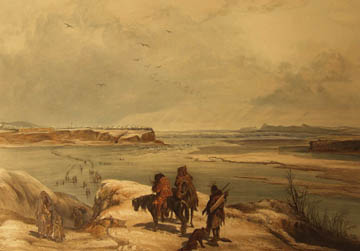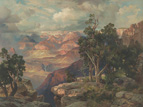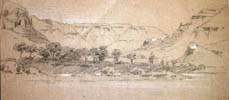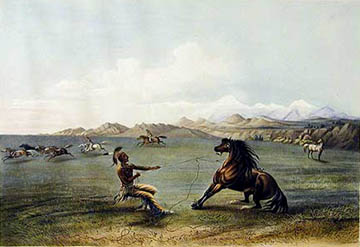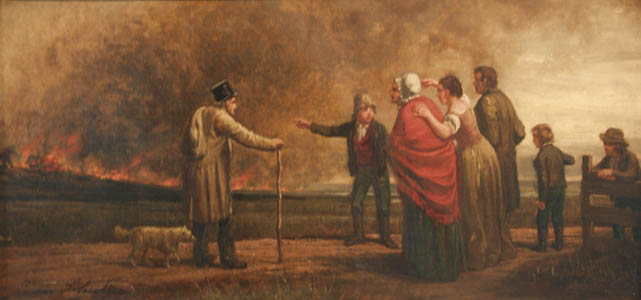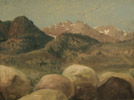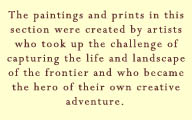
St. Louis was founded near the junction of the Mississippi and Missouri
Rivers because of the advantage this location offered for transportation
and commerce. As the “Gateway to the West” it was a natural
stopping-off point for the artists who set out to explore the new frontier
via steamboat and overland travel.
Artists were not alone in recognizing the need to document the frontier. In 1847, an art critic writing for The Literary World urged artists to preserve the vanishing wilderness, saying;
"The axe of civilization is busy with our old forests.
What were once the wild and picturesque haunts . . . where the wild deer
roamed in freedom, are becoming the abodes of commerce and the seats of
manufactures . . . Yankee enterprise has little sympathy with the picturesque,
and it behooves our artists to rescue from its grasp the little that is
left, before it is too late."
Thomas Moran, The Grand Canyon
of Arizona , 1912
of Arizona , 1912
John Caspar Wild, View of Carondalet,
1841
Carl Wimar, Sketch of the Upper Missouri, 1859
George Catlin, Catching the
Wild Horse, 1844
Wild Horse, 1844
